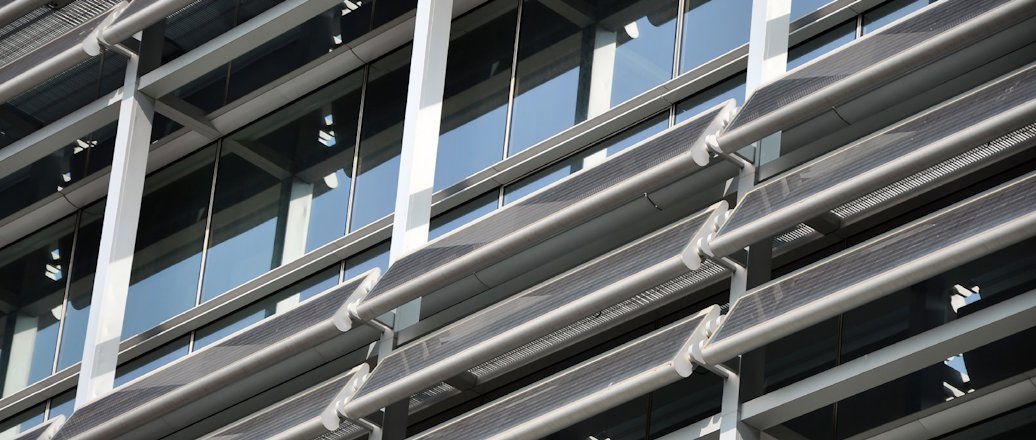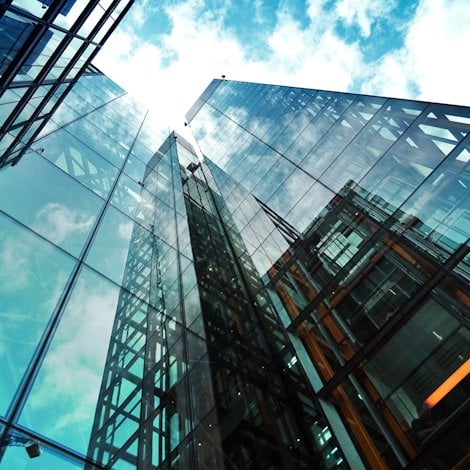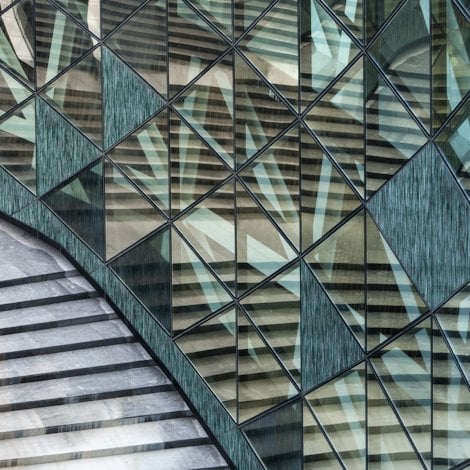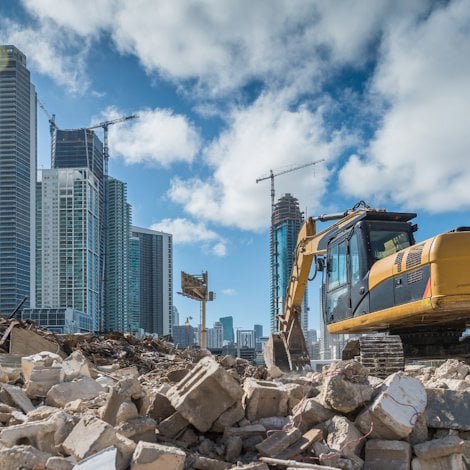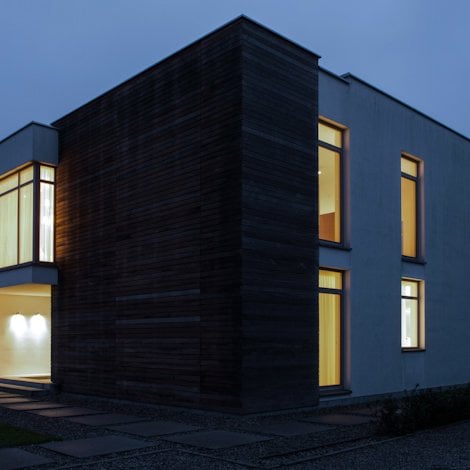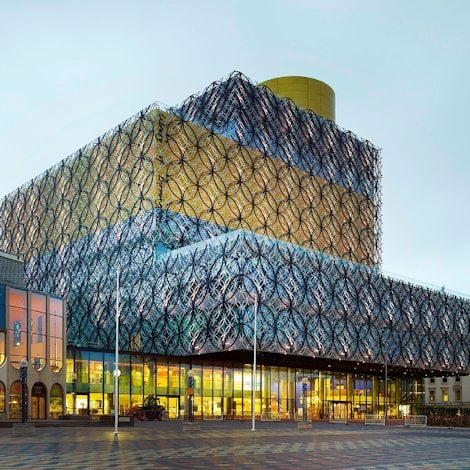How photovoltaics can be integrated into the façade
Architects need to have a good understanding of how photovoltaics can be integrated into the façade to reduce the energy needs of buildings. The evolution of building-integrated photovoltaics is opening up for new ways to design the buildings we need for more sustainable cities.
The way things are going, it may not be long before everyone in our cities and towns is driving an electric car. And if that happens, the power grid will collapse. Our cities need electricity, but where will it come from?
Some will have to come from buildings – and you as an architect are responsible for reducing the energy use in the old buildings you renovate and the new buildings you design.
Building-integrated photovoltaics (BIPVs) are products with photovoltaic cells that are integrated parts of the building envelope. They provide architects with completely new possibilities to incorporate solar technology into buildings, and particularly, in the building envelope.
As sustainable buildings are high on political agendas across the world, new policies and regulations for zero energy use in new buildings are helping drive the BIPV market.
Photovoltaic modules offer forms, colors and optical structures
The variety of elegant forms, colors and optical structures of cells, glass and profiles enables creativity and a modern approach to architectural design. They can be a new kind of ornamentation. Photovoltaic modules can be incorporated into the building vertically, horizontally or at an angle.
Crystalline silicon module is the dominant solar photovoltaic technology used in BIPVs for facades, curtain walling and roofs.
BIPVs represent an attractive alternative because they reduce the area requirement and they reduce the material and infrastructure costs of the building itself. Your new buildings and renovation projects add value when they integrate photovoltaic modules, which makes every investment in this technology worthwhile.
While component costs are decreasing every year thanks to industrial investments, technology is improving every day to increase cell efficiency, the storage capacity of the batteries and the durability of the inverters.
And even if many countries have stopped providing subsidies, and if the redemption value of electricity has dropped significantly, the payback time is getting shorter and shorter.
All these developments strengthen the key role of photovoltaics in the smart grid of our sustainable cities.
Photovoltaics in energy-generating facades
The technological development of building-integrated photovoltaics – the evolution of BIPVs – is allowing you to become more sophisticated with window, façade and curtain wall solutions that are active, smart and energy-generating. And these are fully autonomous solutions.
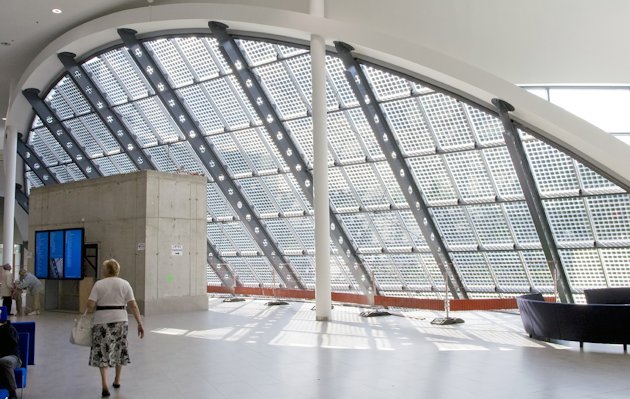
The main place of integration is on the façade, where BIPVs become part of the structural and aesthetical integrated part of the building’s overall design.
Here is an example: A façade solution offered by the aluminium systems brand Sapa incorporates the photovoltaic cells between two plates of safety glass. The pre-assembled modules are connected by aluminium frame sections with built-in thermal breaks and integrated connectors to transport the generated electric energy. The solution is both effective and attractive.
It is a solution (pictured above) that is enabling a Belgian hospital, O.L.V.-Ziekenhuis in Aalst, to generate substantial amounts of solar energy for their own use. Every square meter produces 100 watts of power and the total net surface area of the photovoltaic cells is 500 square meters.
This energy is fed into the hospital's electrical network, for which green power certificates are received.

